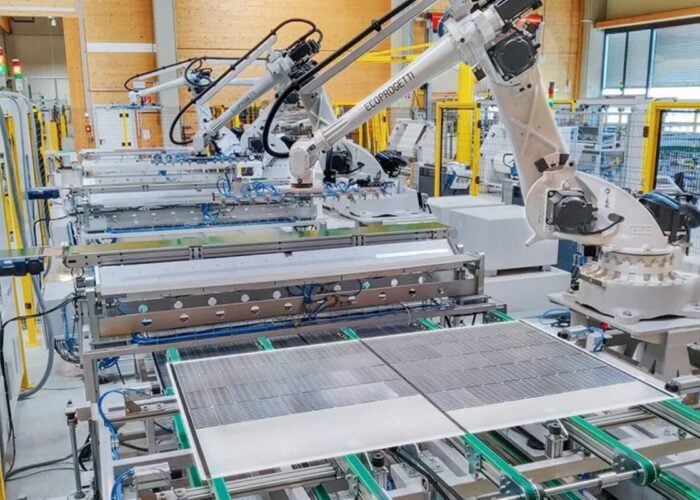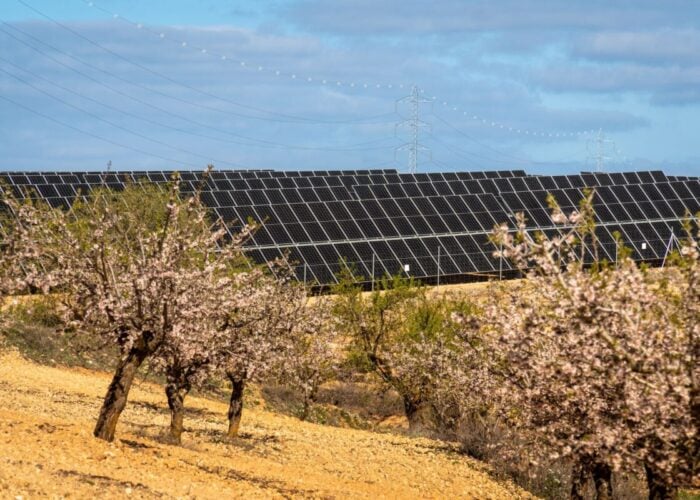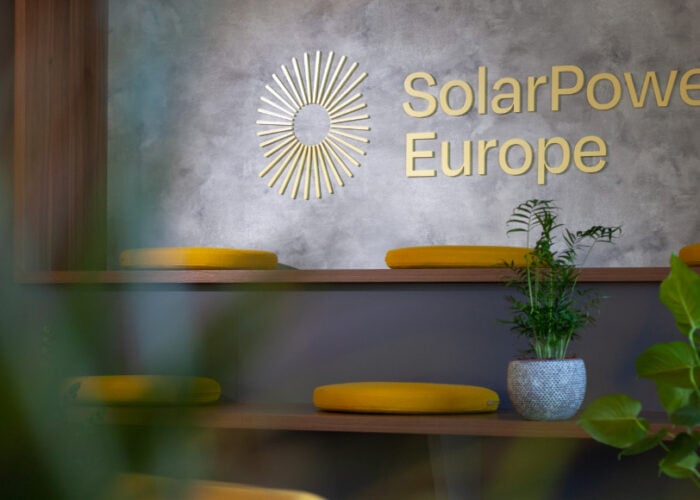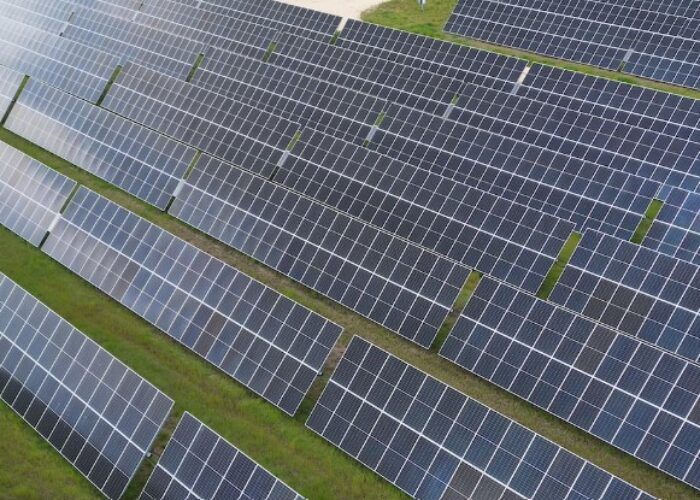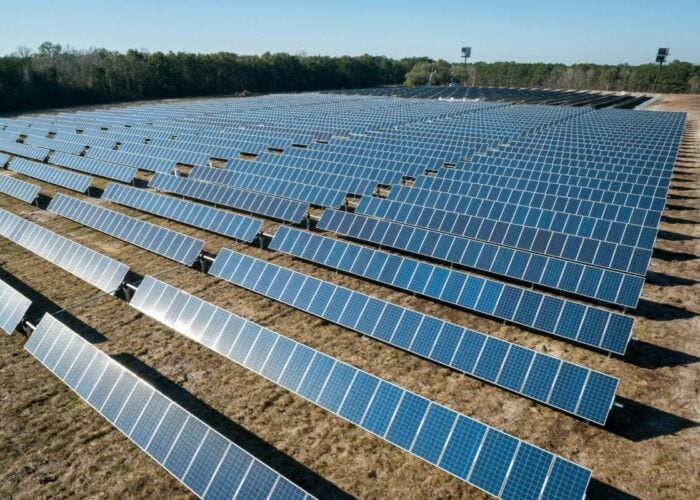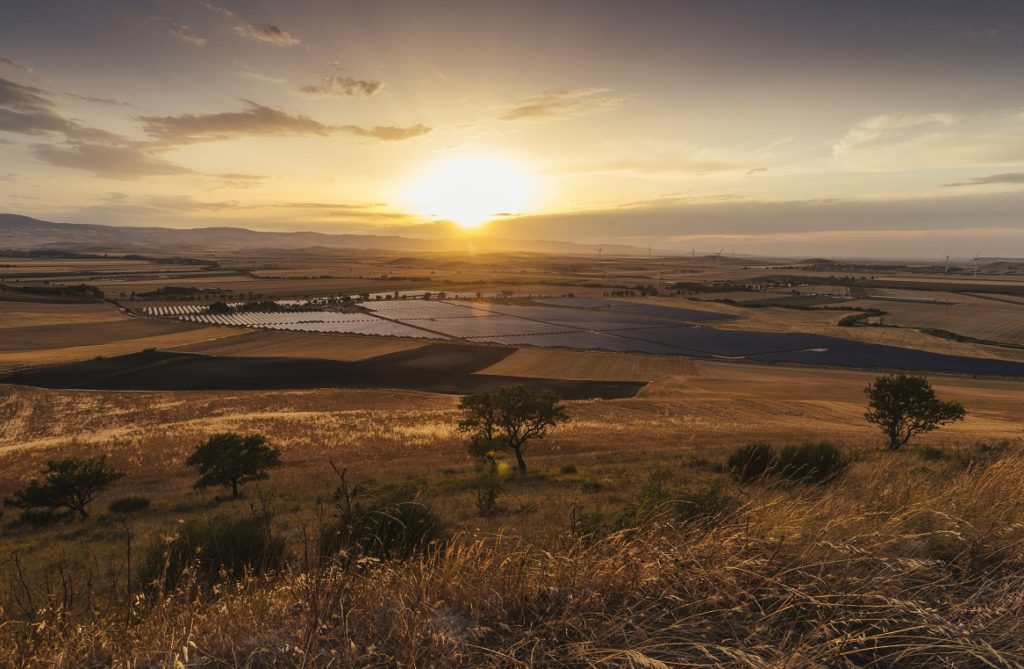
SolarPower Europe has joined calls for the Italian government to adopt a more ambitious Simplification Decree to speed up renewable deployment and reach its clean energy targets.
The lobbying group is calling for a simplified system that can overcome current permit bottlenecks for renewable projects, which have held back deployment in Italy.
Try Premium for just $1
- Full premium access for the first month at only $1
- Converts to an annual rate after 30 days unless cancelled
- Cancel anytime during the trial period
Premium Benefits
- Expert industry analysis and interviews
- Digital access to PV Tech Power journal
- Exclusive event discounts
Or get the full Premium subscription right away
Or continue reading this article for free
Currently, nearly half of all renewable energy projects are abandoned, with the other half subject to up to six years of delays before permits are granted.
Part of the Italian Recovery Plan, the Simplification Decree was published 31 May and was designed to access €191 billion (US$227 billion) of EU funds. It is now being debated by parliament.
SolarPower Europe alongside other organisations including WindEurope, ANEV, ANIE Rinnovabili, Elettricità Futura and Italia Solare, however, said it does not go far enough and needs revisions, starting with “its provisions on repowered projects for renewables”.
“The potential for solar PV is very high in Italy, but this capacity will not be reached unless administrative hurdles are overcome,” said CEO of SolarPower Europe, Walburga Hemetsberger.
Italy needs to add more than 7GW of renewable capacity every year if it is to meet its targets under the EU Green Deal. According to SolarPower Europe, it has added only 1GW per year recently and, under current rates, it would take until 2090 to hit its 2030 target.
“Removing permitting restrictions is a necessary step to speed up solar deployment, and the process of transposing the RED II [Renewable Energy Directive] into national law is also a key opportunity to address the simplification of PV systems repowering,” added Hemetsberger.
Set at the end of 2018, RED II is the second version of an EU directive that sets clean power targets for members.


